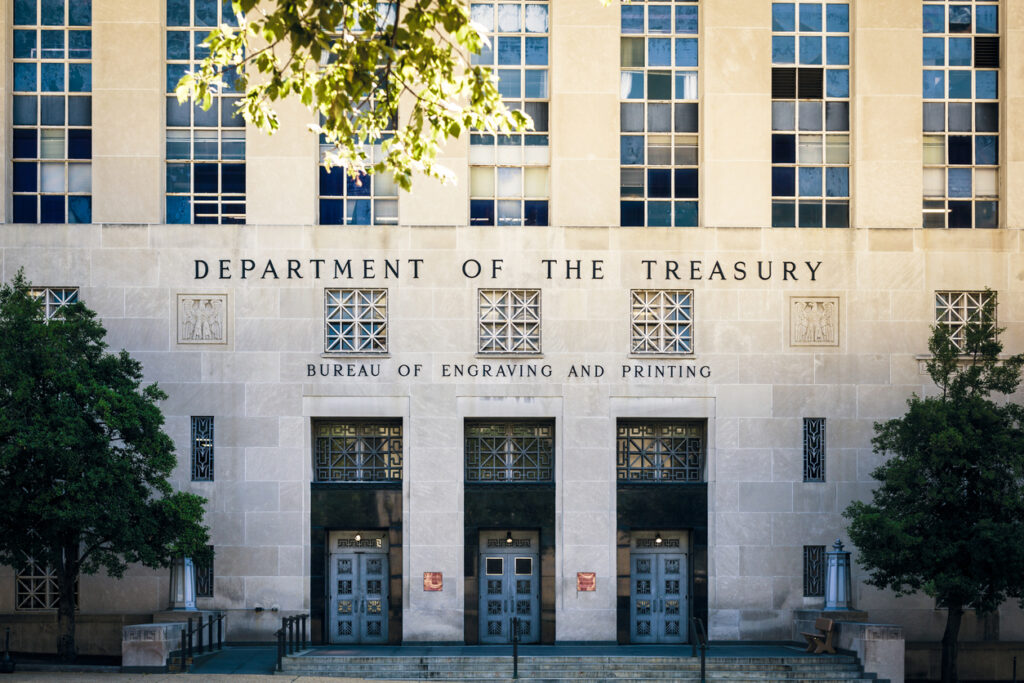When entering any substantial arrangement, one would have the rational expectation that such an undertaking should turn out well. The reality, however, can often be different.
Additionally, where one might typically expect normally distributed returns as with equity investments, credit investments have a markedly different return profile. To have a thorough understanding as to why a credit return profile is asymmetric, we look to understand the nuances underlying credit exposures.
Credit Essentials
For credit exposures, the upside is known and capped. The downside however may be the full amount of the investment, which can often exceed ten times the expected upside. If for that reason alone, when conducting due diligence on a credit investment one must focus most of their time on rigorously and scientifically investigating how their investment might go awry, and if so, how it may need to be managed if an adverse outcome transpires.
Beyond these double negatives, to some the practice of cynically questioning an investment may appear confronting to the prospective borrower/obligor, so there can be an element of tact required to ensure one gets far enough along to have all appropriate questions answered whilst still unabashedly investigating an opportunity.
To do this impartially, we need to ensure that Expected Return from an investment is positive taking account of the downside risk. In scientific terms, we look to reject the null hypothesis; that the Expected Loss exceeds the Expected Gain. That is, we are trying to disprove that the final Expected Return is negative.
Expected Gain and Loss
As previously mentioned, the upside (Expected Gain) is known and is usually expressed as an interest rate or a coupon rate.
Expected Loss is the product of three elements:
- Exposure at Default, this is simply the investment amount at risk, typically the loan amount,
- Probability of Default, the likelihood in percentage terms of a default occurring, and
- Loss Given Default, the loss suffered should a default arise.
Probability of Default
For externally rated positions, Probability of Default can be inferred from the credit assessment institution’s rating, e.g. AAA, AA+ etc. One of the important aspects to this – and one which is rarely explained to investors – is that a rating step down does not imply a linear increase in default rates. Rather, this increase is exponential.
Source: S&P Global [2]
For positions not assessed by external credit assessment institution’s, one must model the obligor’s ability to make payments as they fall due, stress their solvency over time, and for specific downside scenarios, find an approximation of Probability of Default from this modelling.
Loss Given Default
The final limb to determine Expected Loss, Loss Given Default, can often be overlooked. A credit investor may observe a BBB+ rated position compared to a BBB- rated position and believe it is superior without considering what might occur in the event of a default. One must look to any collateral or security backing the financing (if any) to arrive at the Loss Given Default.
As an approximation, the Basel framework[1] suggests a Loss Given Default of 45% for a senior unsecured corporate obligor, while a more liquid enterprise, such as a financial institution, will have a senior unsecured Loss Given Default of 80%. This indicates that should such a liquid enterprise be unable to pay its debts there may be very limited recovery.
Where a credit position is backed by specific collateral, the LGD can be substantially reduced. Several factors should be considered when assessing this, including:
Correlation to the default – wrong way risk
It may well be the case that the value of collateral posted securing an obligation is substantially correlated with a default of the obligor. This is likely to be even more so in a stressed environment.
Enforcement Costs
Some assets have a more liquid market such that spreads on disposal are typically thinner. One should not forget that enforcement and sale will likely be taking place when the market is stressed – putting downward pressure on asset values. Knowing the right people with industry-specific expertise to effectively dispose of secured collateral can make all the difference.
Documentation and structure are also critical to any credit investment. Should security agreements not be appropriately structured and registered, protracted litigation may ensue between creditors and the security trustee/receiver/liquidator. Exiting a defaulted position can further involve vast amounts of complexity and time. Unless one values their time as worthless, this should be a material consideration in any loss analysis.
Expected Loss
To contrast two positions, we compare:
Position A: BBB+ rated 5-year senior unsecured bond issued by a bank, with
Position B: BB+ rated 5-year mezzanine facility secured by a first-ranking security interest over a granular portfolio of mining equipment.
Terms | Rating | Exposure | Probability of Default | Loss Given Default | Expected Loss | |
|---|---|---|---|---|---|---|
Position A | 5 | BBB+ | $100.00 | 0.85% | 80% | $0.68 |
Position B | 5 | BB+ | $100.00 | 3.19% | 10% | $0.32 |
Conclusion
Although trudging through detailed due diligence and often heavy documentation may appear rather dry and unexciting, it is essential to credit investing and certainly preferable to the alternative should a position turn bad, and a protracted recovery process be undertaken where significant amounts of wealth can be destroyed.
Given the potentially illiquid nature of private credit, in-depth diligence upfront is a necessity and to the extent that an investor is unable to undertake this exercise it is prudent to outsource this responsibility to an experienced party.
Citations & Footnotes
[1] The full set of standards of the Basel Committee on Banking Supervision, the primary global standard-setter for the prudential regulation of banks.
[2] S&P Global Ratings Research & Insights and S&P Global Market Intelligence’s CreditPro® – Global financial services average cumulative default rates (1981-2022)




